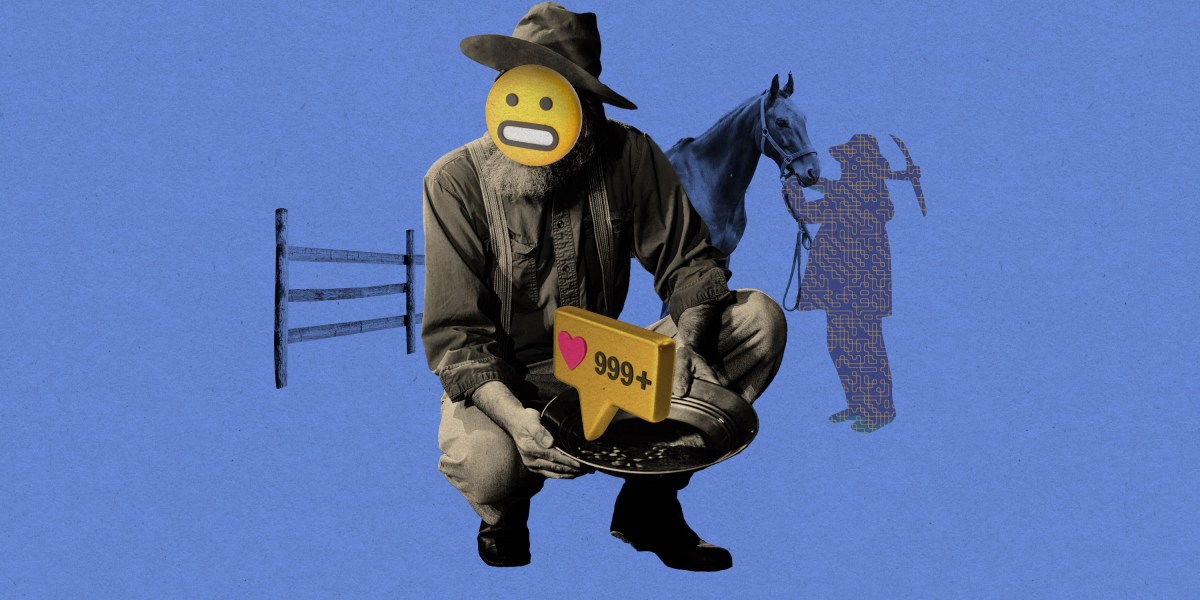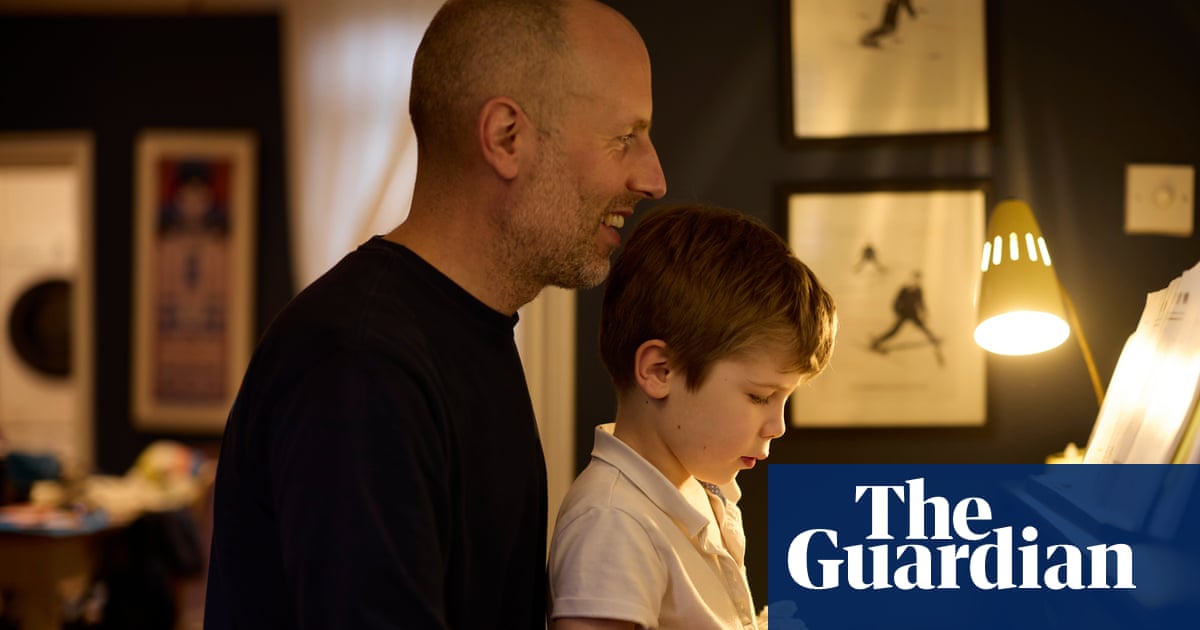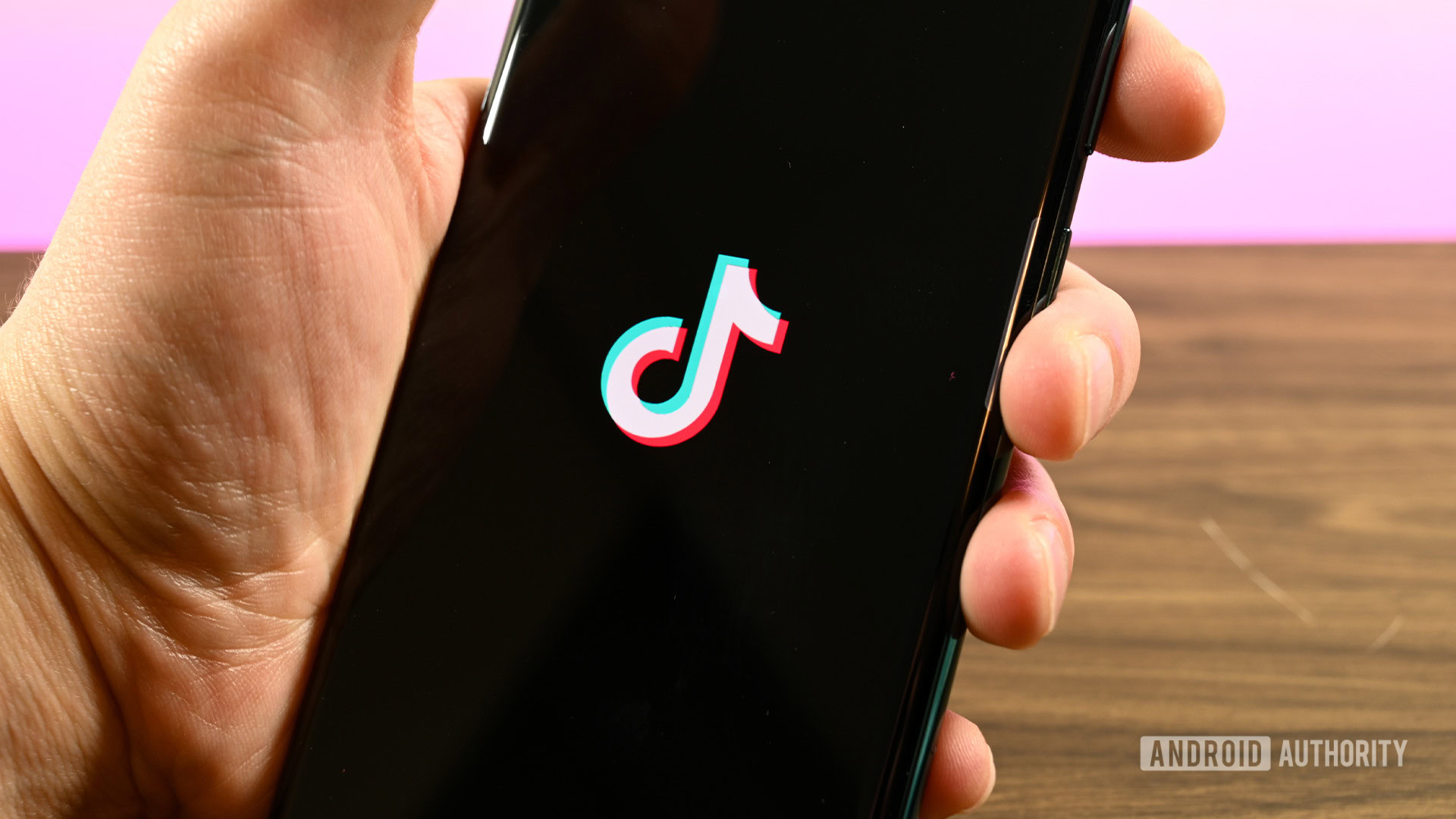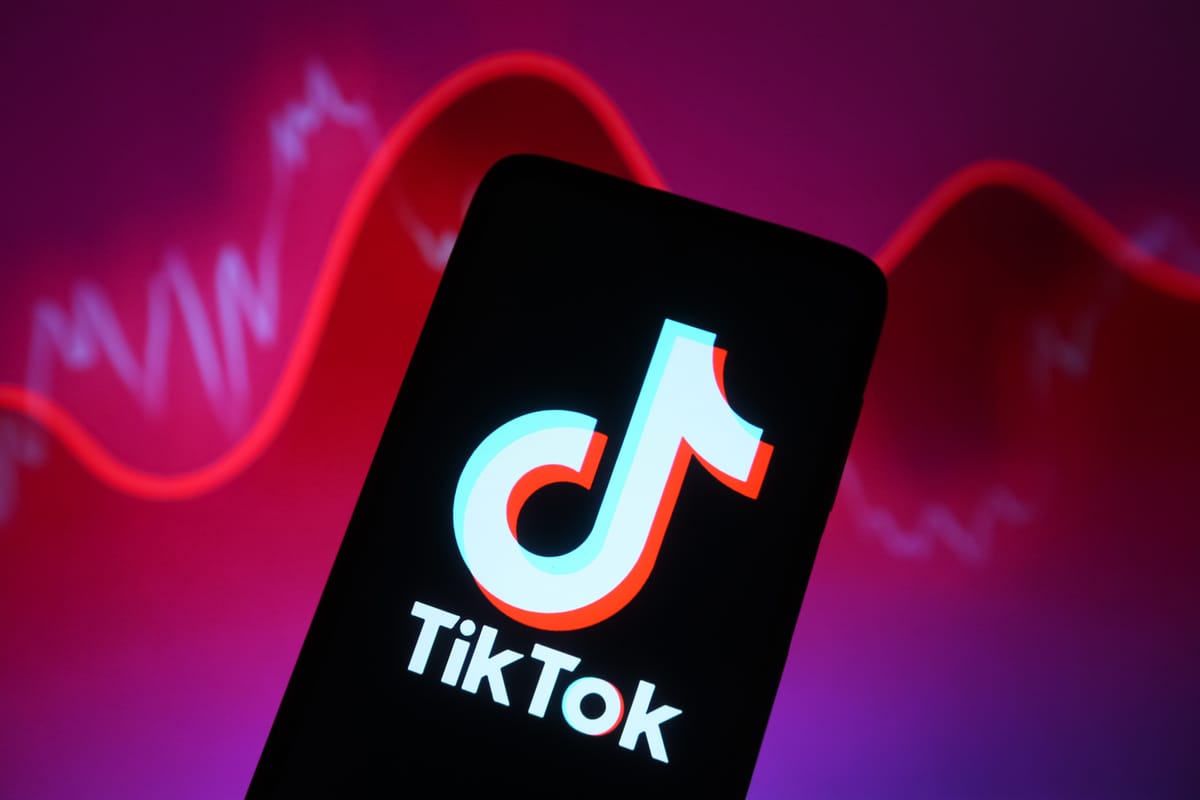This week's best things
Avoiding the mistakes we made with social media, research and reports on audiences, understanding the value of gaming, re-learning the piano, a looming TikTok ban, critical evaluation of AI imagery, and Ken.

Let’s not make the same mistakes with AI that we made with social media
An impassioned plea in MIT Technology Review for the tech sector (and wider society) to learn lessons from the burning, hate-filled wreckage that is the current state of social media.
"Today, tech’s darling is artificial intelligence. Like social media, it has the potential to change the world in many ways, some favorable to democracy. But at the same time, it has the potential to do incredible damage to society.
There is a lot we can learn about social media’s unregulated evolution over the past decade that directly applies to AI companies and technologies. These lessons can help us avoid making the same mistakes with AI that we did with social media."
The article focuses on "five fundamental attributes of social media have harmed society. AI also has those attributes. Note that they are not intrinsically evil. They are all double-edged swords, with the potential to do either good or ill."
Those 'attributes' are: advertising; surveillance; virality; lock-in; and monopolisation.

Audiences
Three interesting things I've seen recently on cultural audiences, and one on audiences more broadly.
First this piece in the New York Times which paints a mixed pictures of how audiences across sport, museums, live events, opera, dance, theatre, and other artforms have returned (or not) post-pandemic in the USA.
Secondly, this research from Indigo Ltd looking at barriers to reattendance for first-time performing arts audiences in the UK.
And lastly this piece from Colleen Dilenschneider on the impact of childhood experiences on cultural attendance later in life. "Are people who visit museums or performing arts organizations as children more likely to grow up to be cultural organization attendees than those who do not visit at all? It depends on how and with whom they visit."
Outside the cultural sector, FT Strategies have just published a "New market report on audience news trends in Italy". This is focused on news media, but as ever there are insights for our sector to consider "What news topics are consumers interested in and willing to pay for? What are their preferences in terms of formats? How do these differ by demographics?"
How Video Games Satisfy Basic Human Needs
If, like me, you haven't done much gaming as an adult it's always interesting to dip into that world and to try and understand the mechanics, motvations, and dynamics at play.
"For the British artificial intelligence researcher and computer game designer Richard Bartle, the kaleidoscopic variety of human personality and interest is reflected in the video game arena. In his 1996 article “Hearts, Clubs, Diamonds, Spades: Players Who Suit MUDs,” he identified four primary types of video game player (the Killers, Achievers, Explorers, and Socializers) [...] “These kinds of games are a search for identity,” he said. While players sometimes experiment by, for example, playing an evil character just to see what it’s like, Bartle found that such experiments usually lead to affirmation rather than transformation."
A reminder that the video game industry enormous. In purely financial terms it is worth more than the music and film industries combined (in 2024 the industry is projected to be worth USD$282.30bn, which is more than twice the combined value of the music and film industries).
:extract_focal()/http%3A%2F%2Fstatic.nautil.us%2F11314_1a47e38c424a51aba827f45d77a438b1.png)
How to Read an AI Image
Seb Chan introduced me to the work and thinking of Eryk Salvaggio. He has a very thoughtful and interesting newsletter.
In this article he looks at "Every AI generated image is an infographic about the dataset. AI images are data patterns inscribed into pictures, and they tell us stories about that dataset and the human decisions behind it. [...] AI images are different from photography and film because they are *endlessly* generated. But even when you generate just a few, patterns will emerge. These patterns are where the underlying data reveals itself."
It is an interesting and thought-provoking prompt to think more deeply about the underlying rules, biases and patterns for the outputs of these Large Language Models.
‘There’s joy I haven’t felt for years!’ How I got hooked on the piano craze
A piece in the Guardian about the joy of playing an instrument, and how digital tools can support that. There are some really smart solutions in the apps that are described.
"the app knows what I’m playing, by listening via my iPad’s microphone or by connecting to a digital piano via Bluetooth. So when I play the right, say, F-sharp, a green tick flashes above the note on the five lines of the stave, which also scrolls automatically across the screen as I play. I can select a section to repeat with one or both hands, and the scrolling pauses when I play a duff note or chord, allowing me to correct myself. A video runs above the scrolling stave of a real pianist’s hands in action."
However it also highlights the gap between the efficacy of one-to-one tutition, and the speed of progress you will achieve when learning with an app (something I've noticed when comparing my learning of Swedish through Duolingo to the progress achieved with specific human tuition).

TikTok prepares to challenge Instagram with 'TikTok Photos'
Some eagle-eyed developers have noticed structures in the TikTok APK (Android Package Kit, which is the bundle of code and data that comprises apps on Android) which refer to 'TikTok Photos'.

A new TikTok ban gains steam
Staying on the subject of TikTok for a moment, this article in Platformer discusses the momentum that is building around a TikTok ban in the US.
"I had made the classic mistake of assuming that US officials complaining loudly about social media would lead to action. Instead it led only, as usual, to those same officials posting videos to the very social networks that they loudly complain about.
Anyway, at the risk of making the same mistake I did last year: it appears as if US officials complaining loudly about social media might actually lead to action this time."
There's more on this in this article from John Herrman in Intelligencer, "TikTok Seems Pretty Worried About Getting Banned".
"On Tuesday, a bipartisan group of lawmakers introduced a bill that would give TikTok owner ByteDance a deadline to divest itself of the social-media platform. If the law passes and the deadline is not met, the app could face a ban. On Thursday, some TikTok users opened their apps and encountered this message:
Speak up now — before your government strips 170 million
Americans of their Constitutional right to free expression.
This will damage millions of businesses, destroy the livelihoods of countless creators across the country, and deny artists an audience.
Let Congress know what TikTok means to you and tell them to vote
NO.

I'm Just Ken, live at The Oscars
I know I've linked to I'm Just Ken before, but Ryan Gosling's performance at the Oscars is too brilliant, not to do so again. Enjoy.
And here's a probably unnecessarily long and detailed article in Variety about the preparations for the performance.
"According to McNearney, it was Gosling’s idea to make the number a tribute to “Diamonds Are a Girl’s Best Friend” from “Gentlemen Prefer Blondes.”"




